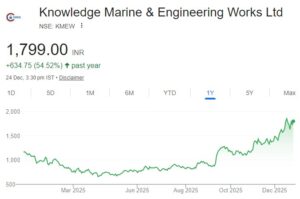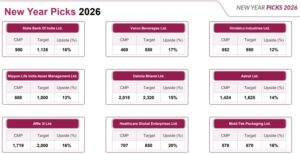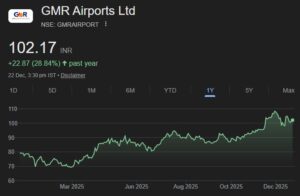
2017 – Look beyond the near-term…
Year 2016 began on a weak note for Indian equities with the Nifty sliding by over 14% (1,100+ points) in the first couple of months of the calendar, which was largely a continuation of the trend witnessed in H2CY2015. However, a pragmatic budget and expectations of benefits accruing to the Indian economy from a normal monsoon and the 7th pay commission disbursements ensured that the Indian stockmarket was in good stead thereafter. Notably, between March and early September, the Nifty gained ~31% (2,100+ points) as it headed back closer to its lifetime highs.
However, once again, certain factors like the geo-political tensions between India and Pakistan and a strong indication by the US Fed of an interest rate hike in December 2016 turned the sentiments against the emerging markets pack, including India. This was followed by the surprise outcome of the US Presidential election with Donald Trump’s victory and his proposed policies which risked stoking inflation in the US. This consequently led to expectations of more-than-expected rate hikes by the US Fed (in 2017) to counter any possible inflationary pressures, leading to strengthening of US bond yields and an exodus of capital from emerging markets, thus impacting stockmarkets considerably.
Apart from the global challenges, India has had an additional challenge to deal with. Notably, the Indian government undertook a historic, significant and an unprecedented initiative in the form of Demonetization in November 2016, the implications of which on the Indian economy are still being assessed. However, at the outset, considering the role of cash in Indian domestic trade and also on account of the presence of a huge rural sector in India, one thing which is clearly evident so far is that demonetization has had an adverse impact on businesses across sectors – big and small, organised and unorganised, at least in the near-term.
Notwithstanding the positive implications that demonetization is expected to have on the Indian economy over the long-term, post demonetization the Indian stockmarket has behaved nervous so far. This is primarily owing to the hazy outlook with respect to the extent of impact which demonetization will have on various sectors and the economy at large over the near-to-medium-term. Thus, the impact of this is already visible on the stockmarket, which has lost over 7% since the demonetization announcement.
There is little doubt that the government’s demonetization move has created ripples in the economy. However, we expect the same to settle sooner than later once the remonetization of the system nears completion. Moreover, the government is expected to be proactive in terms of policy actions – both outside and within the Budget (on February 1, 2017). Also, the government is expected to use both monetary (e.g. interest rate cuts) and fiscal (e.g. public spending, tax rate rationalization) tools to boost domestic consumption / sentiments, which will augur well for the market.
Going forward into 2017, with the Indian economy expected to be back on the recovery path from Q2CY17 onwards, as the liquidity crunch wanes away and the pent up demand comes back to the fore, we expect Indian equities to perform well too. Notably, factoring the impact on corporate earnings over the next couple of quarters and the fact that the market has also corrected, the Nifty currently trades at ~15x FY18E earnings. However, post the year-long volatility and finally ending 2016 almost flat, we believe the Nifty has the potential to scale new lifetime highs in 2017 post two consecutive years of negative / flat returns (2015: -4%; 2016: -1%). Having said this, the key risks at the current juncture remain the pace of remonetization and the actual impact of demonetization, the uncertainties surrounding the GST framework and its implementation, the state elections and their outcomes (particularly UP) and the pace / frequency of US Fed rate hikes.






